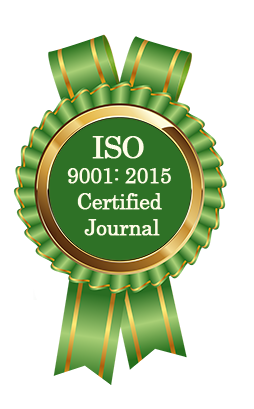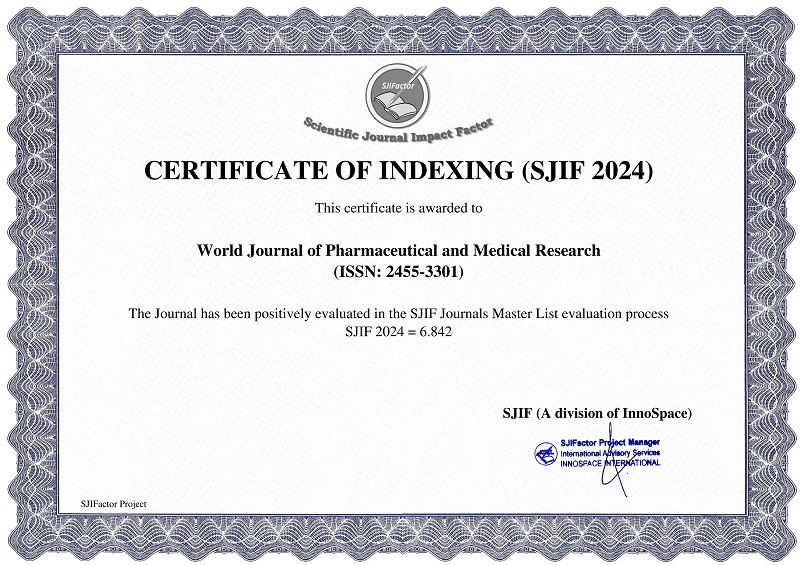A HOLISTIC REVIEW OF NATUROPATHIC DIET PATTERN IMPACT ON POSITIVE HEALTH
Dr. Jajbir Singh*
ABSTRACT
Naturopathy is a science of health believes in the natural way of healing. It means body has the capacity to heal itself. This selfhealing mechanism is promoted by the use of natural measures i.e. food, water, mud, air, sunrays, fasting, massage, relaxation etc. The philosophy of naturopathy was first used in Hippocratic School of medicine in 400 B.C. They used a Latin term “Vismedicatrix Naturae” which means “The healing power of Nature”. The term “Nature Cure” was given in 1895 by Dr. John Scheel of New York. The term Naturopathy was given in 1902 by Dr. Benedict Lust in U.S.A. Vincent Priessnitz (1799-1851) from Austria is father of naturopathy. He treated the people naturally in his own principles. In naturopathy food is considered as medicine. In term of Hippocrates “Let food be thy medicine and medicine be thy food”. Food does not enhance the vitality, but build the body. Fasting helps the body to heal itself. A dietary pattern is the combination of foods and beverages consumed over time. Dietary patterns can reflect the quality of diets and risk of diseases. A healthy dietary pattern focuses on variety, nutrients density and quality of foods and beverages. Having too much sugar, salt or fat in diet can raise risk for certain diseases. Healthy eating can lower risk for heart disease, stroke, diabetes and other health conditions. A healthy eating plan emphasizes vegetables, fruits, whole grains and fat-free or low-fat dairy products includes learn meats, poultry, fish, beans, eggs and nuts. Limits amounts of saturated and trans fats, sodium and added sugars. Most dietary patterns are vegetarian with a predominance of fruit, vegetables and pulses as well as cereals. Dietary patterns based on high-fat, high sugar food and more meat also identified. There was large variability between regions in dietary pattern and there was some evidence of change in diets over time, although no evidence of different diets by sex or age was found. Consumers of high-fat dietary patterns were more likely to have greater BMI and a dietary pattern high in sweets and snacks was associated with greater risk of diabetes compared with traditional diet high in rice and pulses but other relationship with NCD risk factors were less clear.
[Full Text Article] [Download Certificate]



